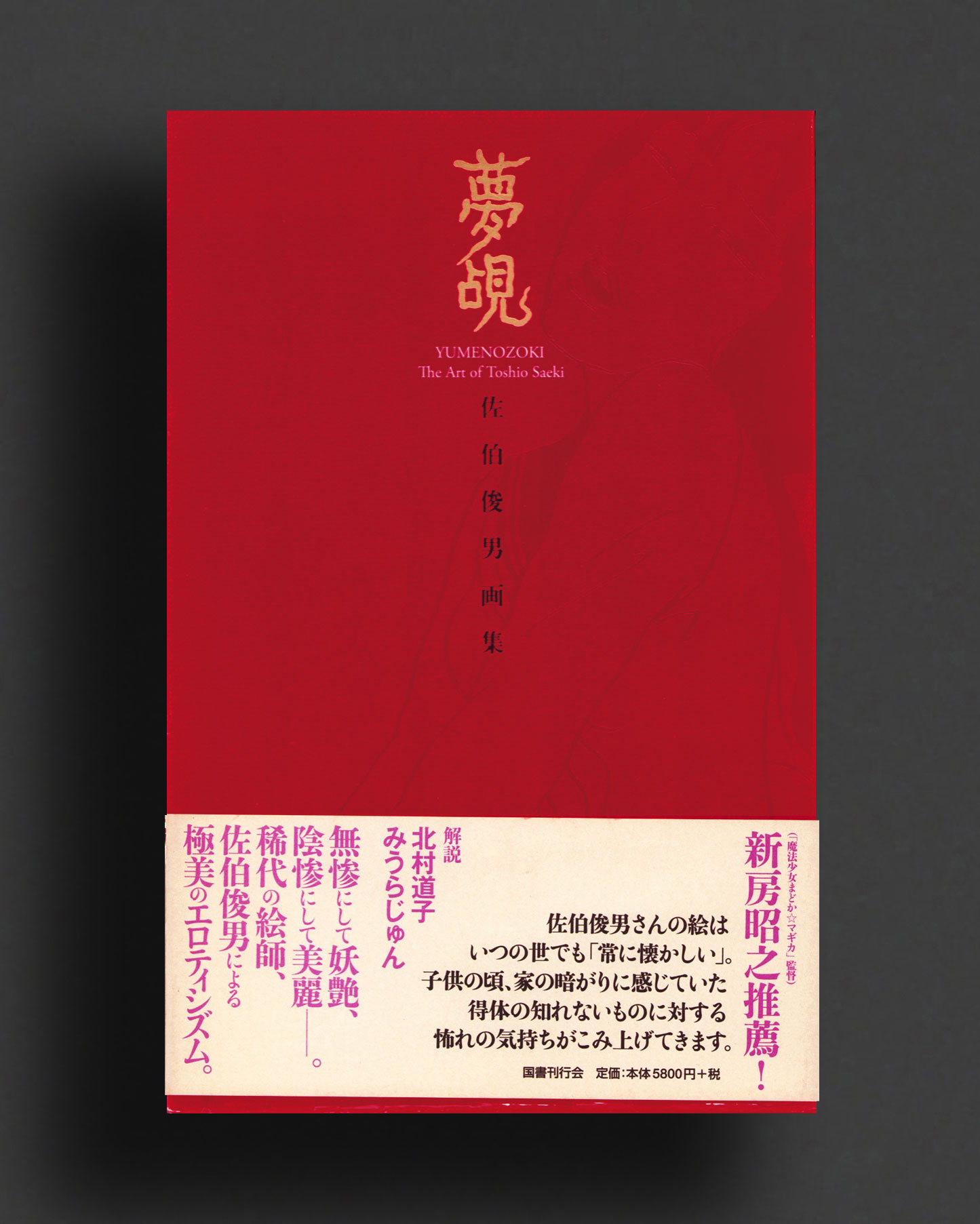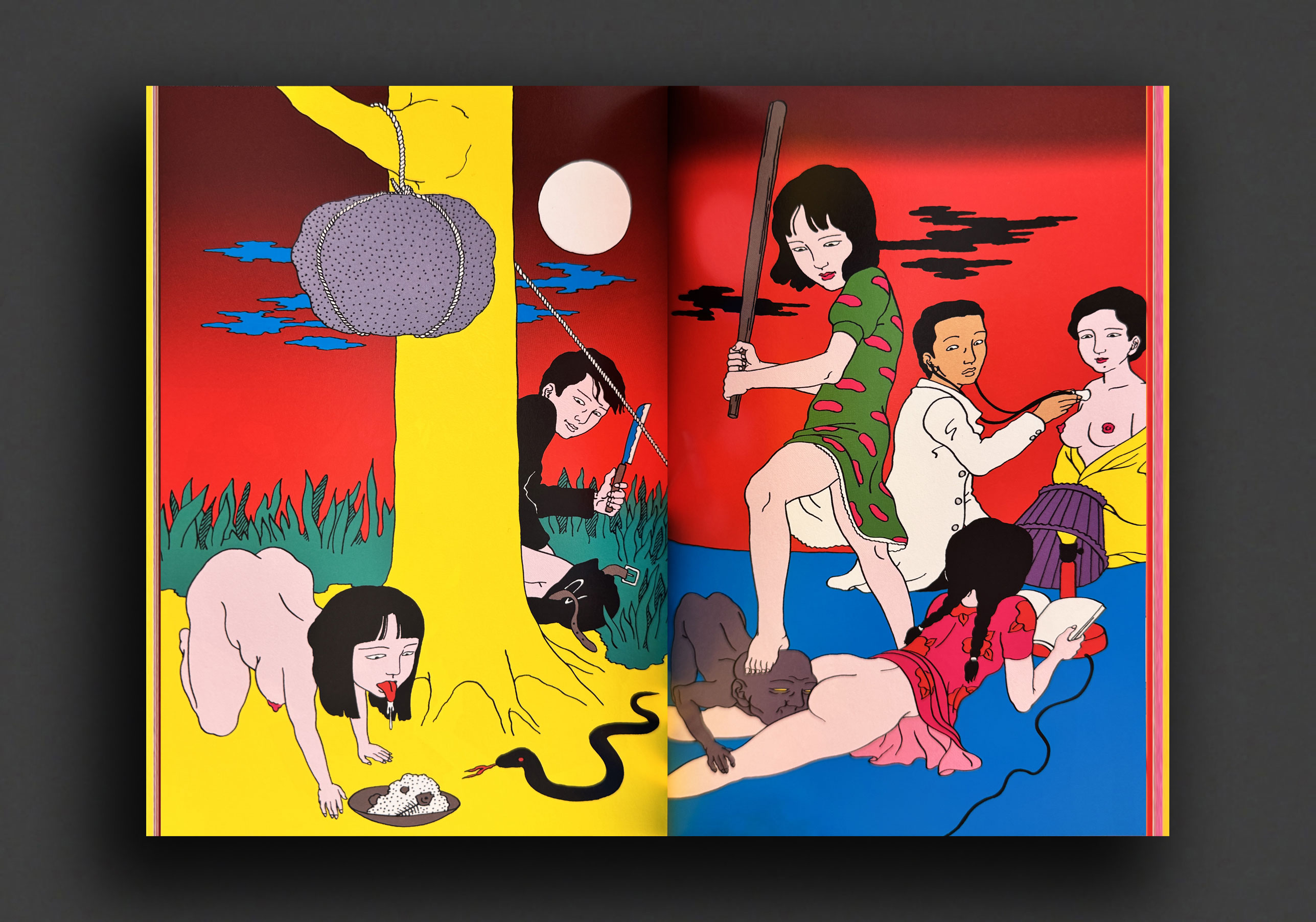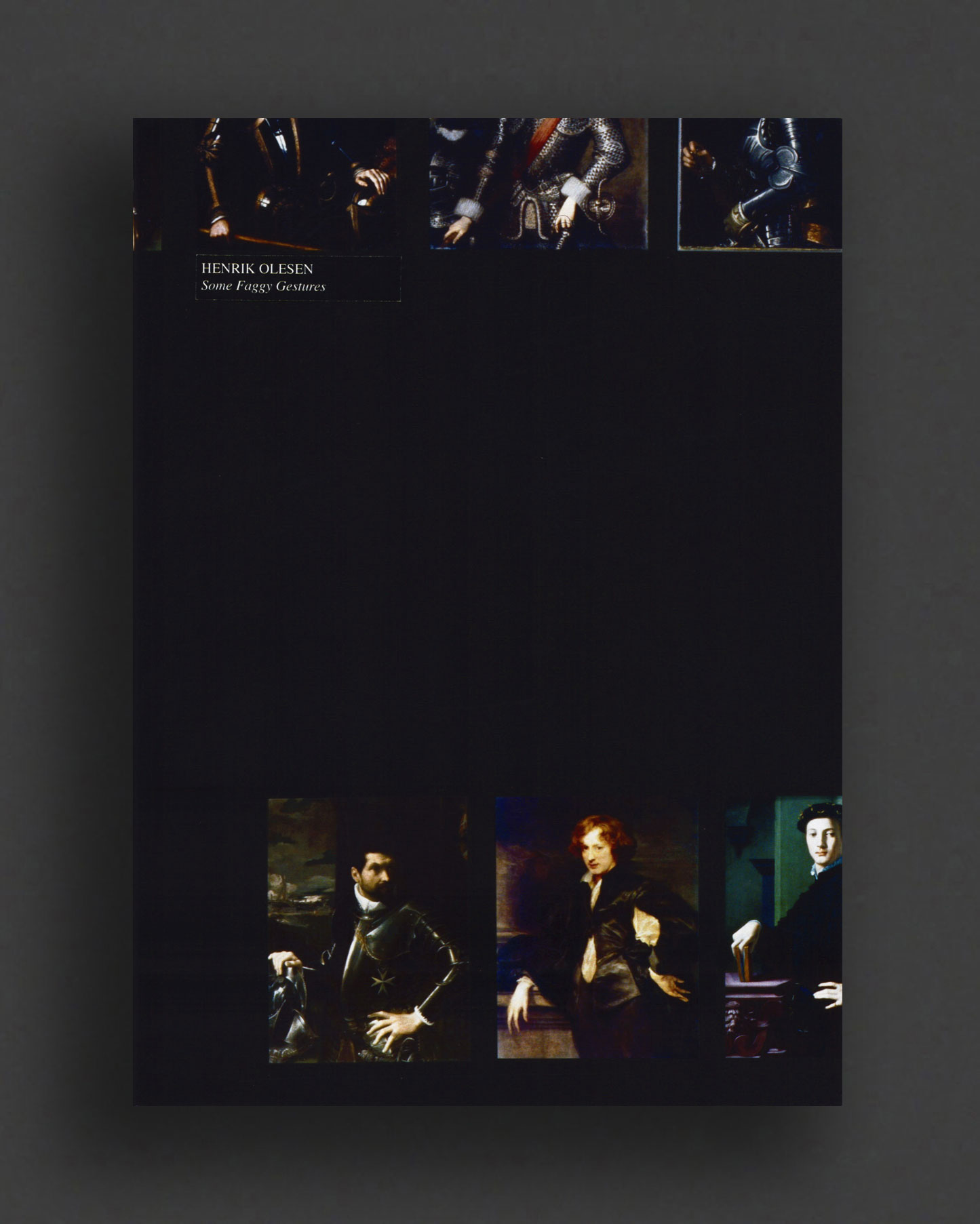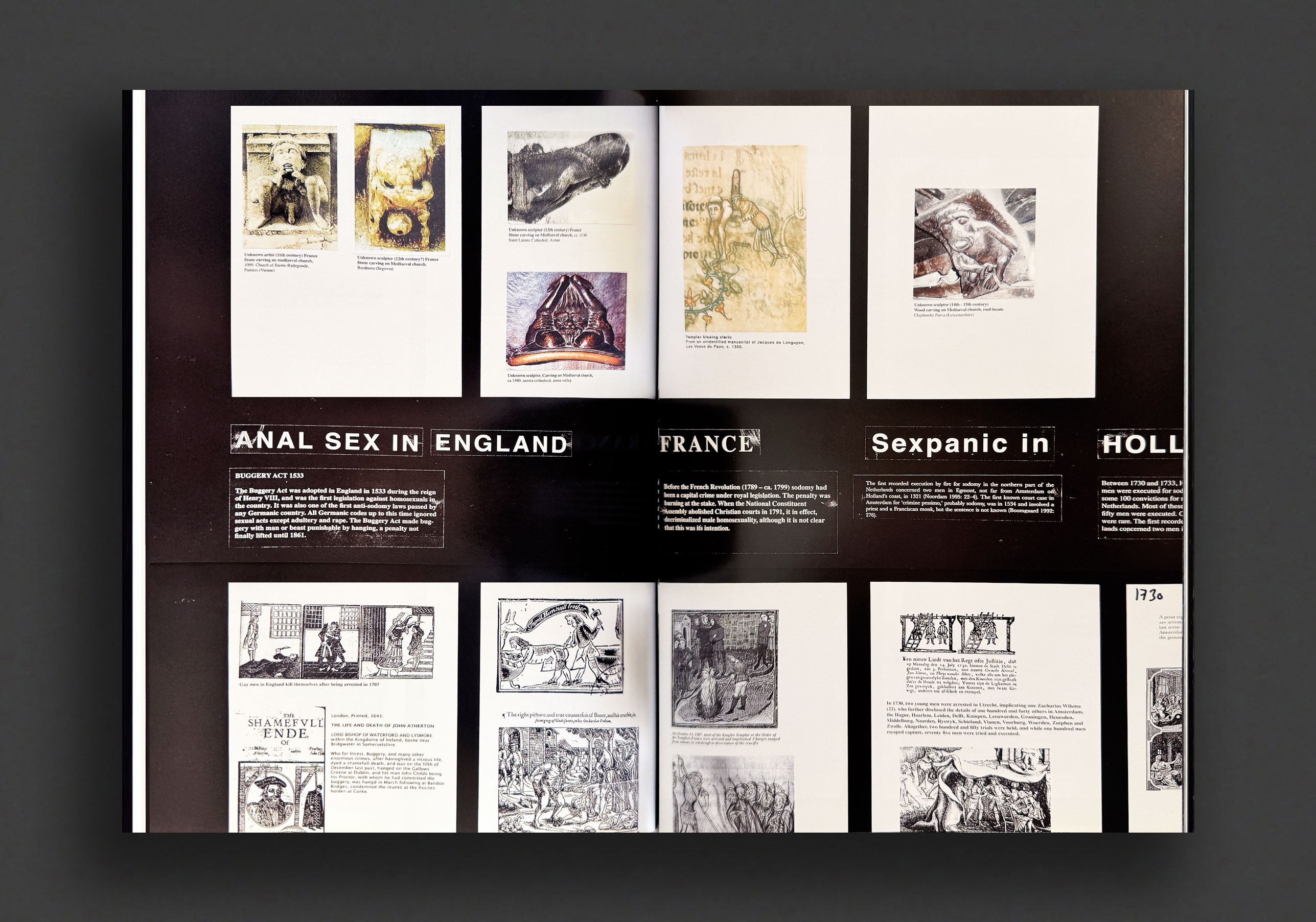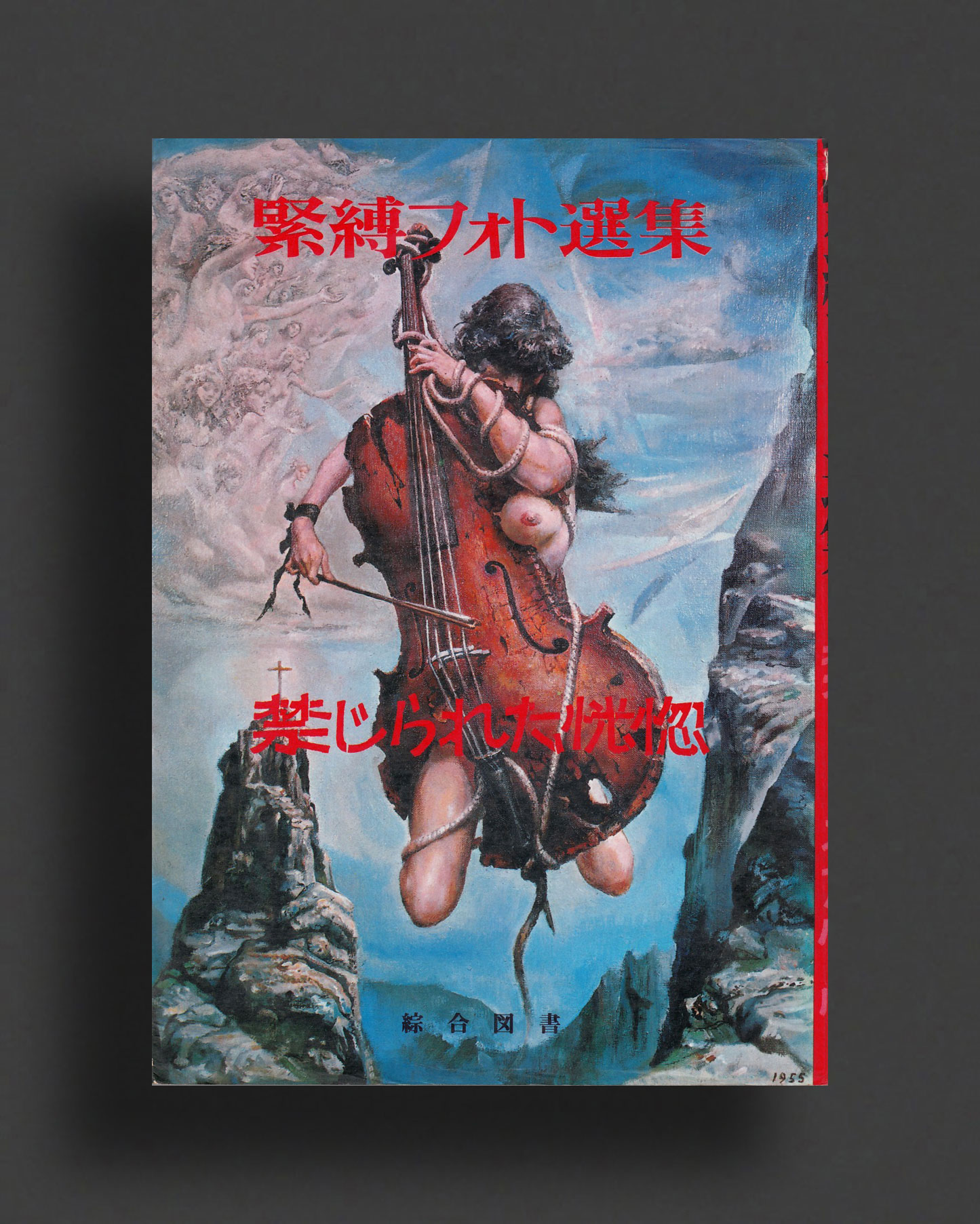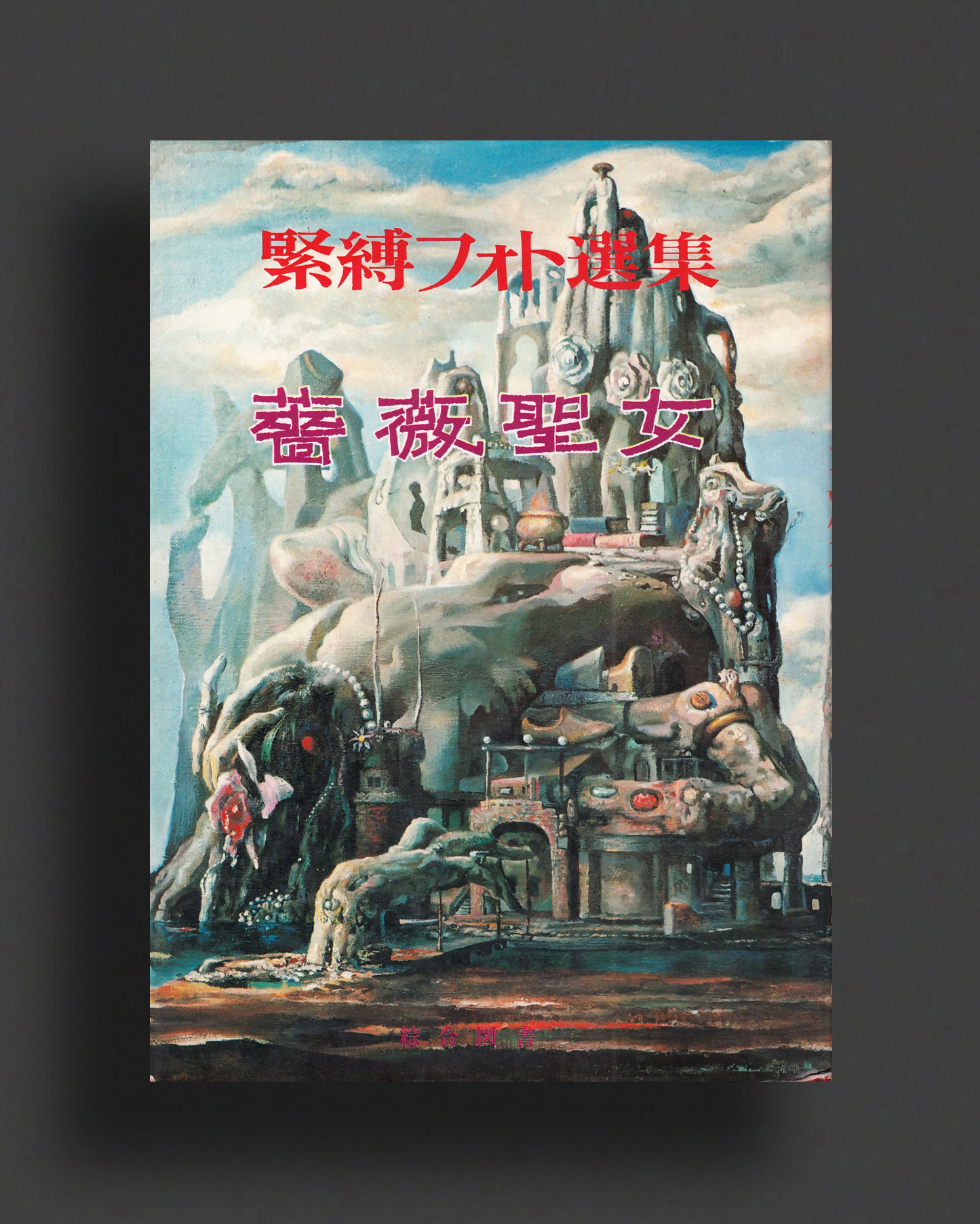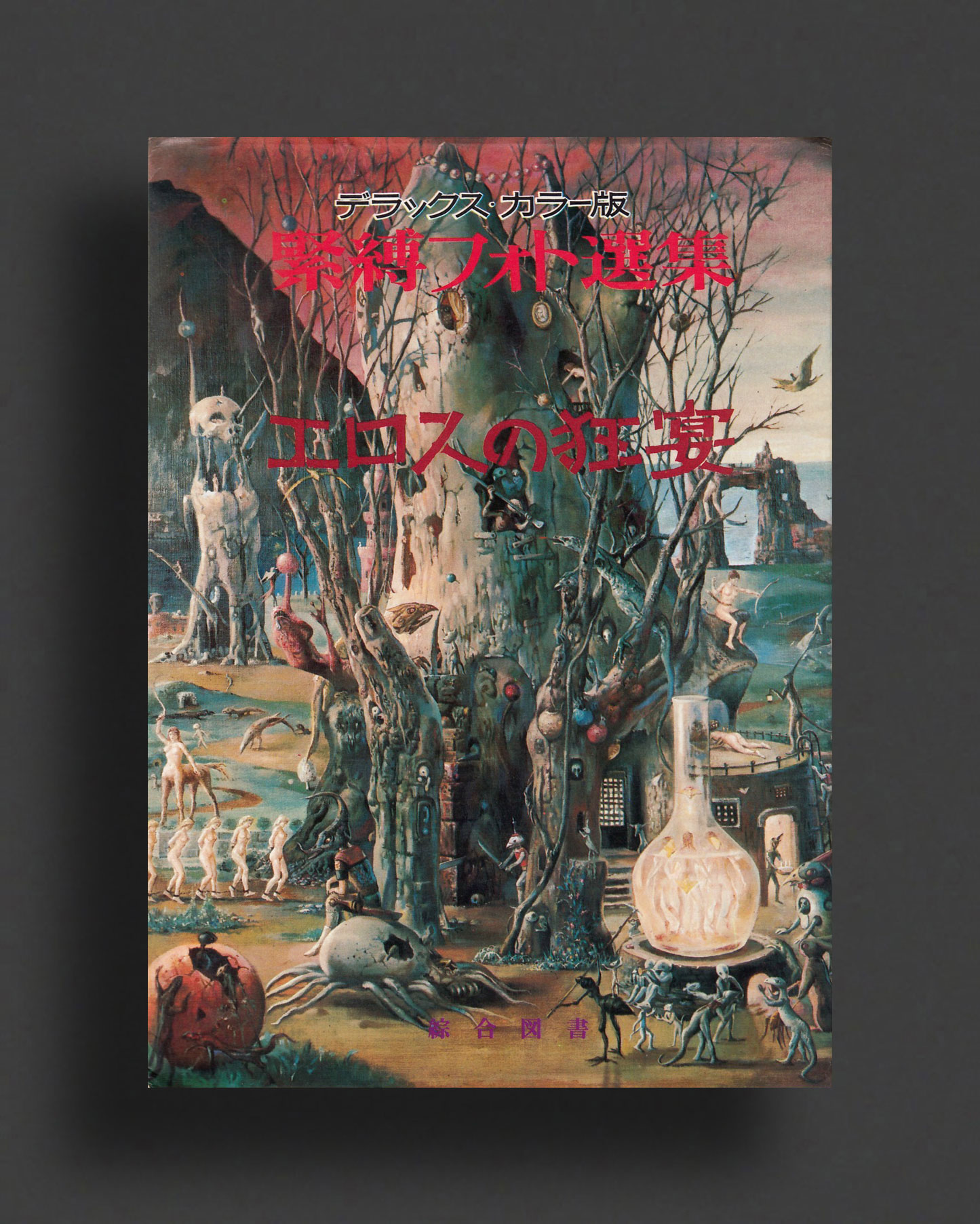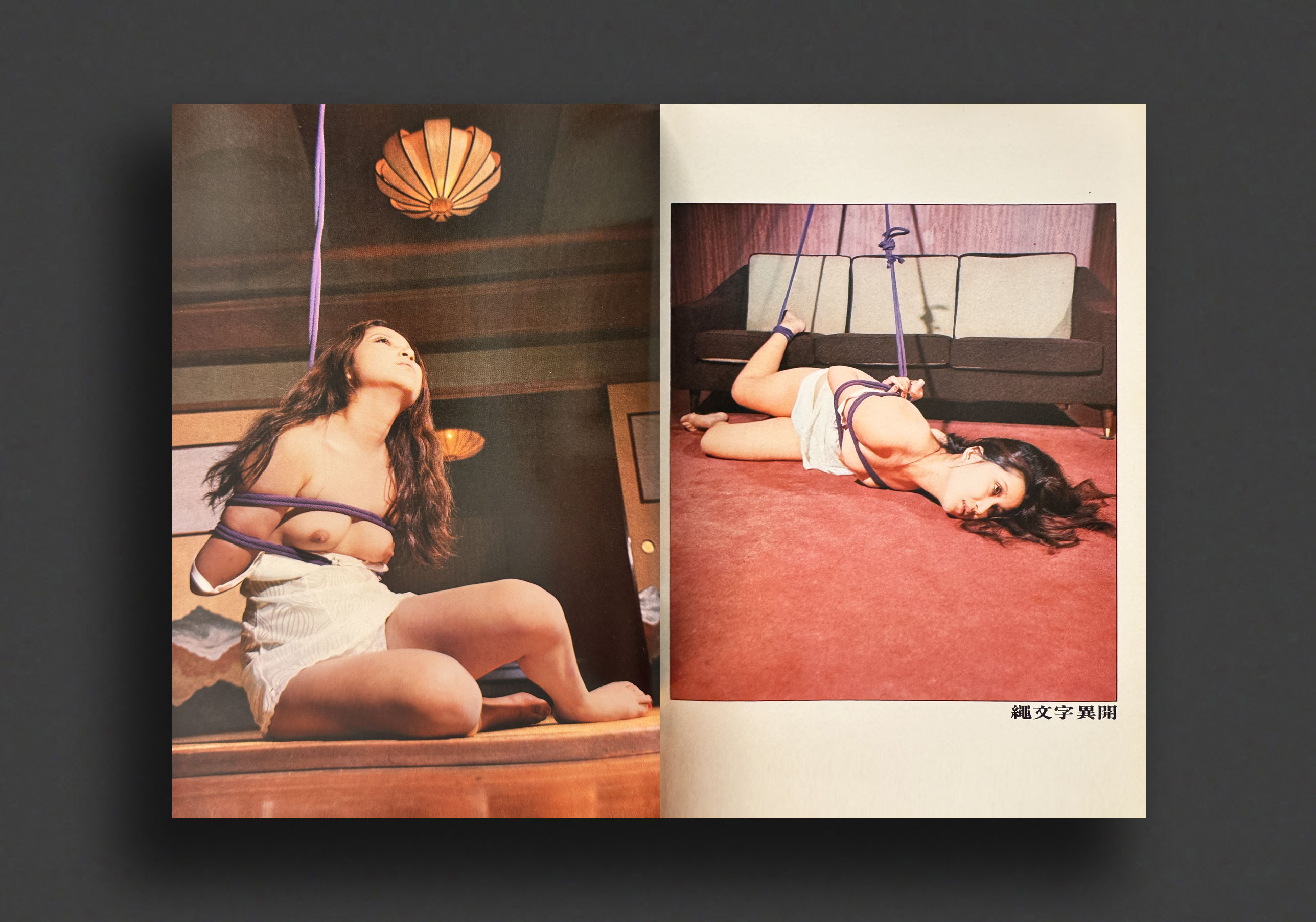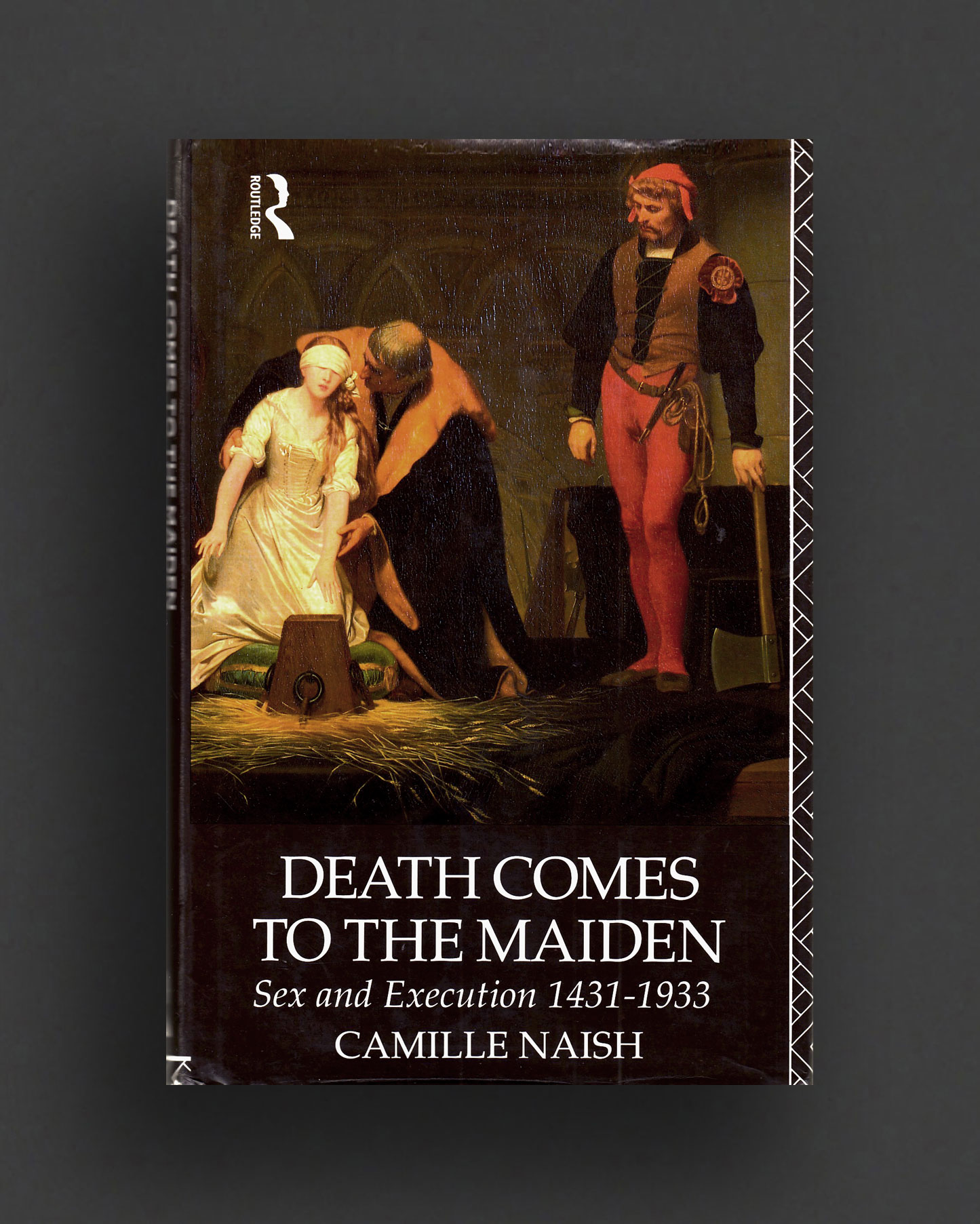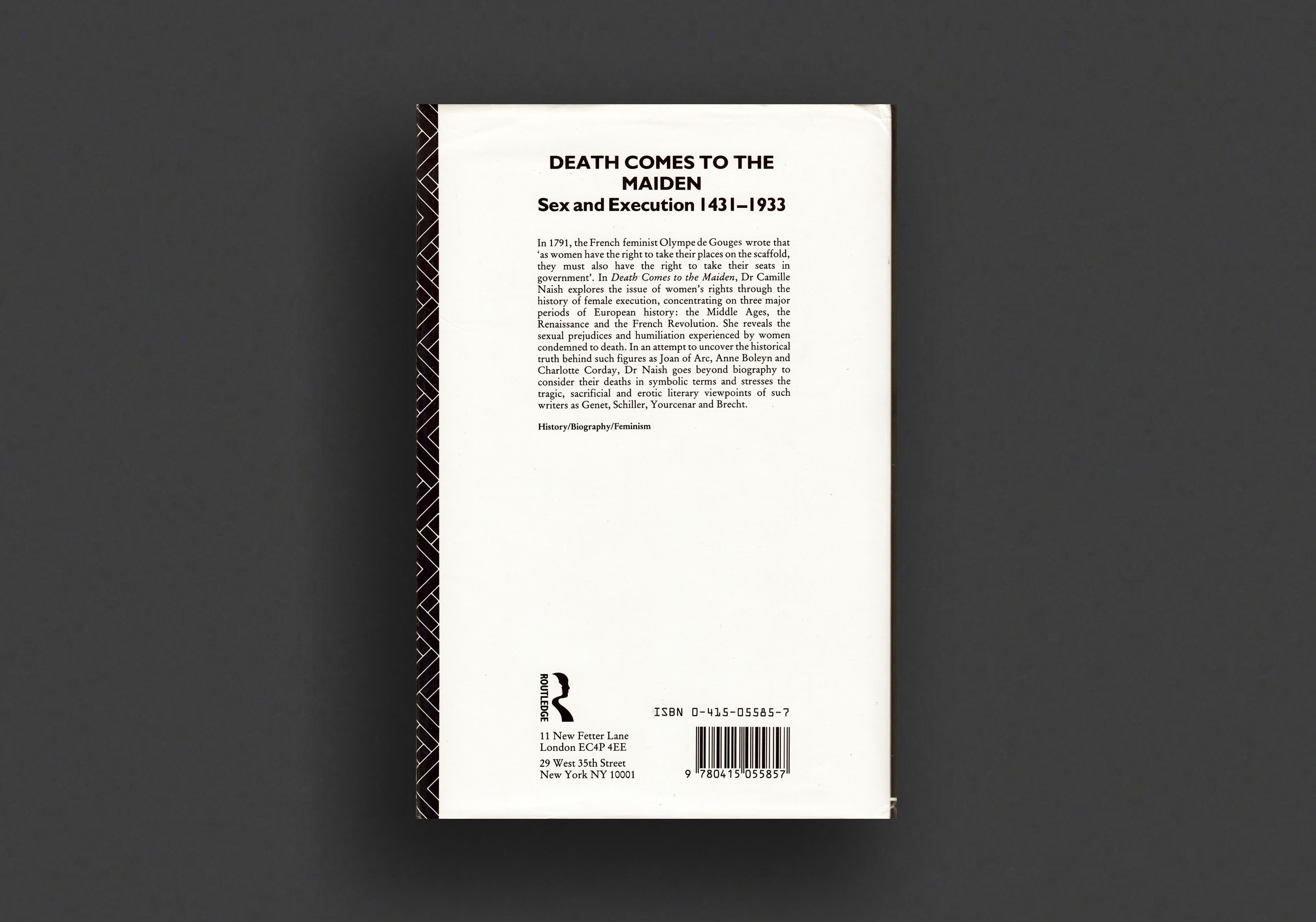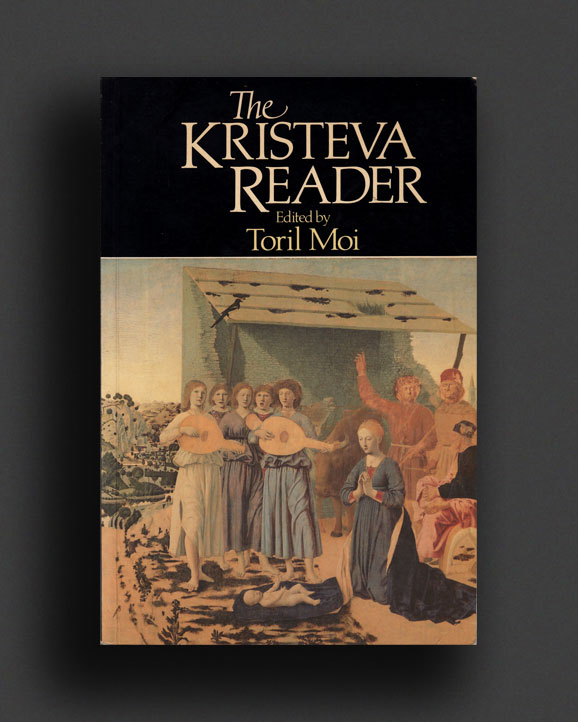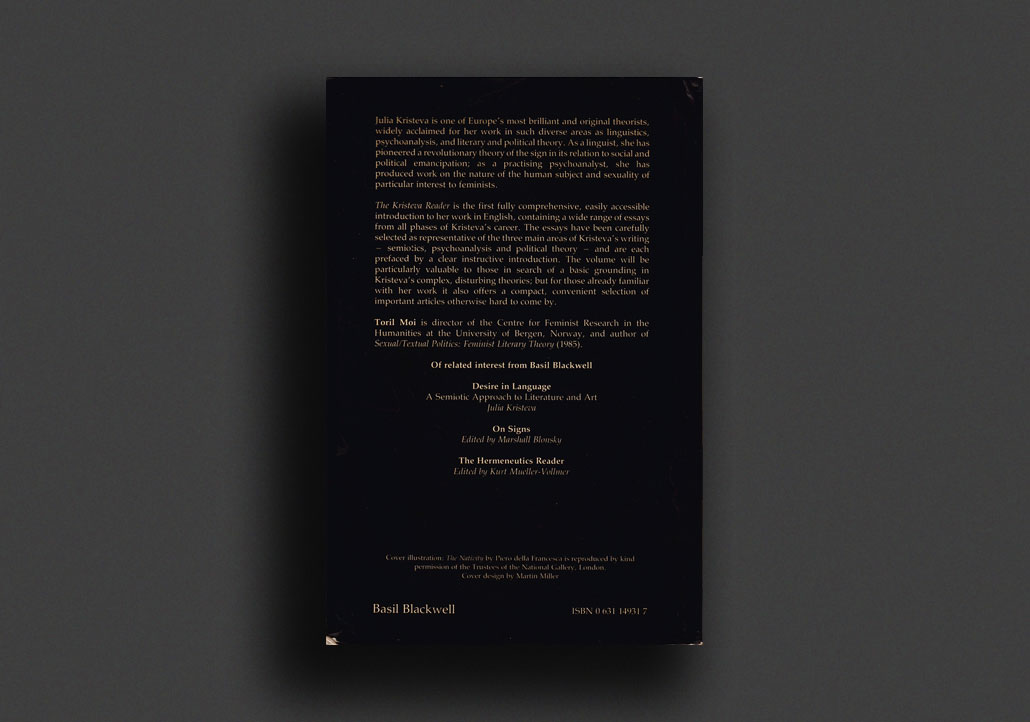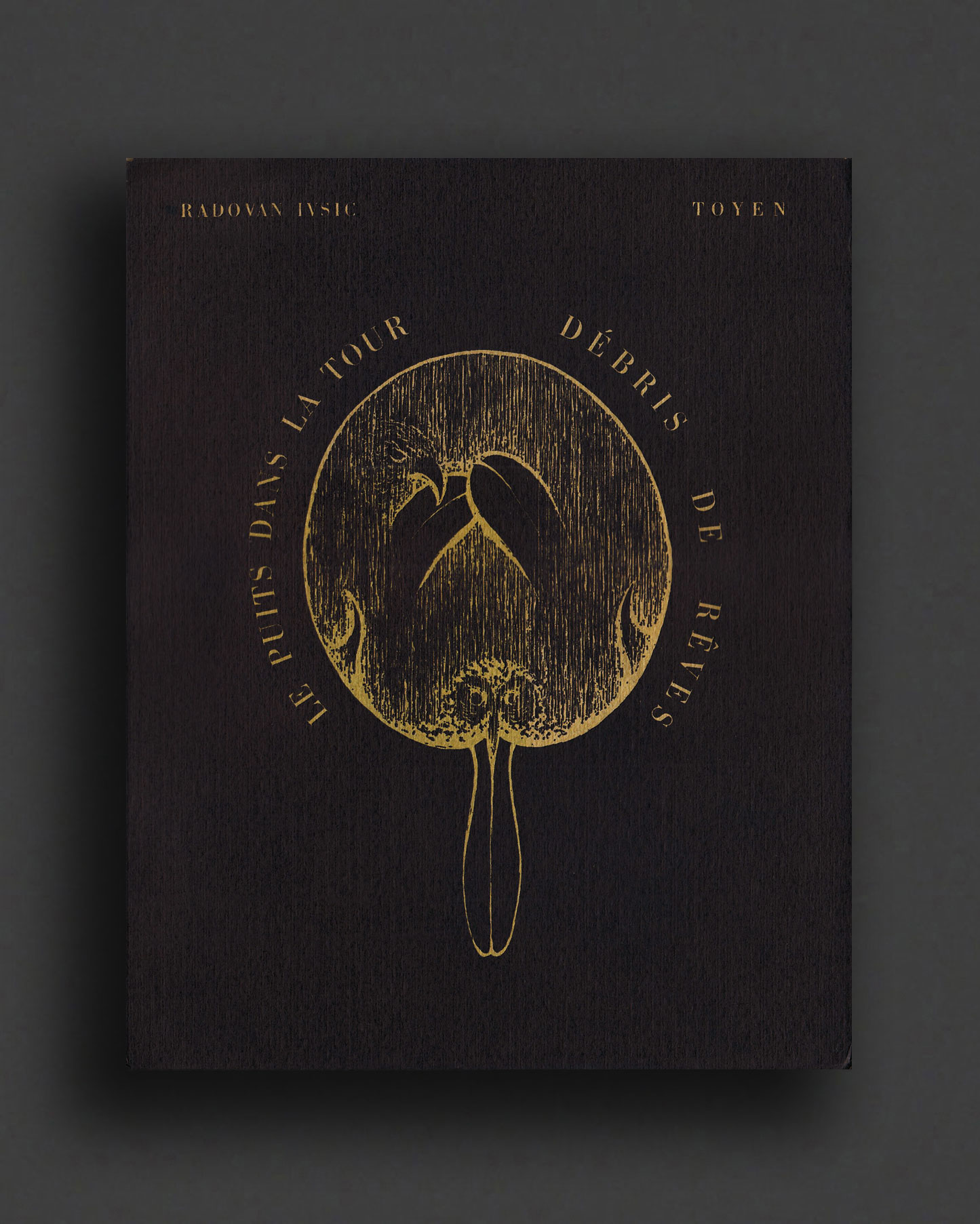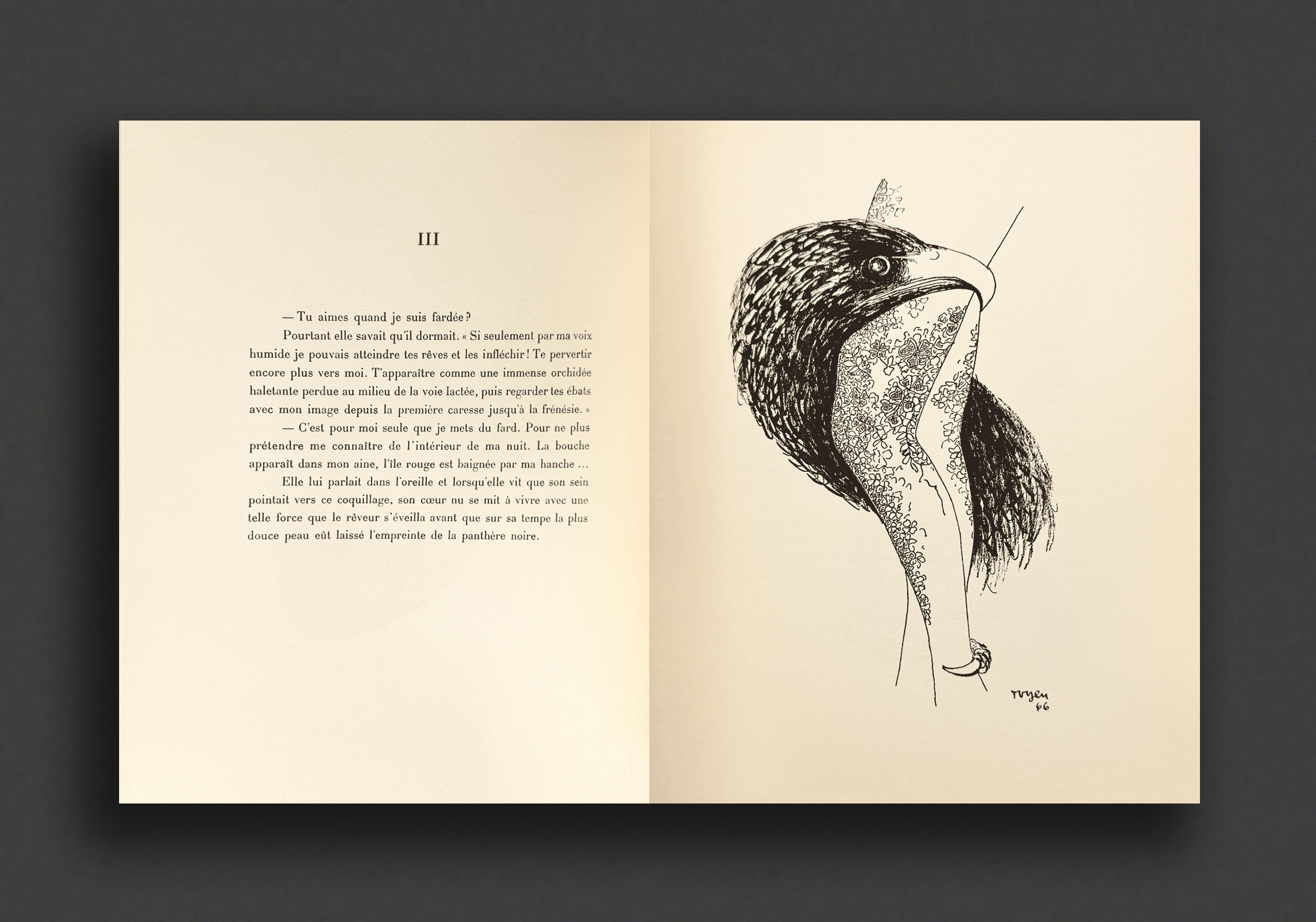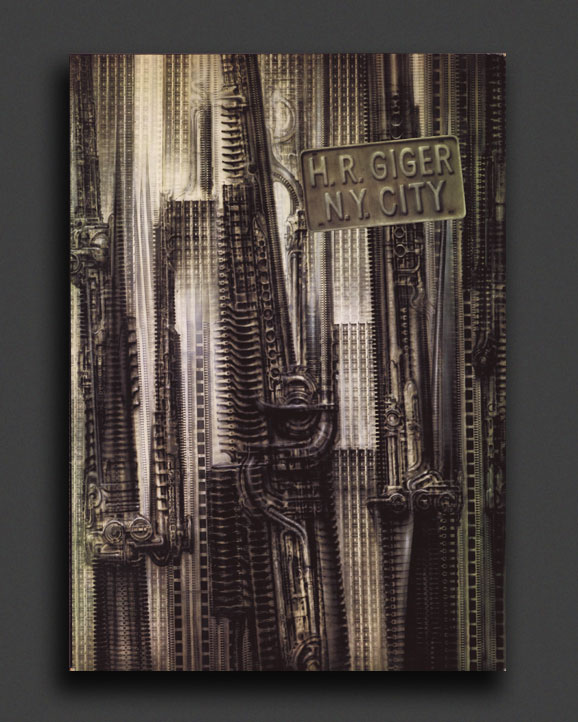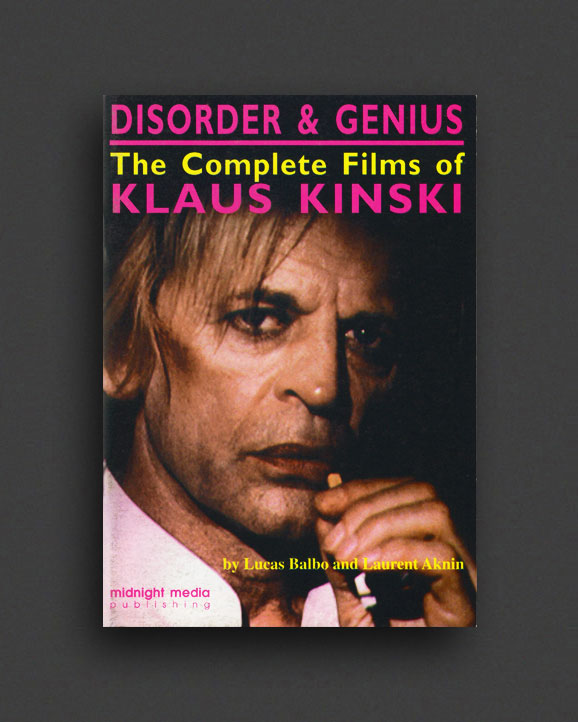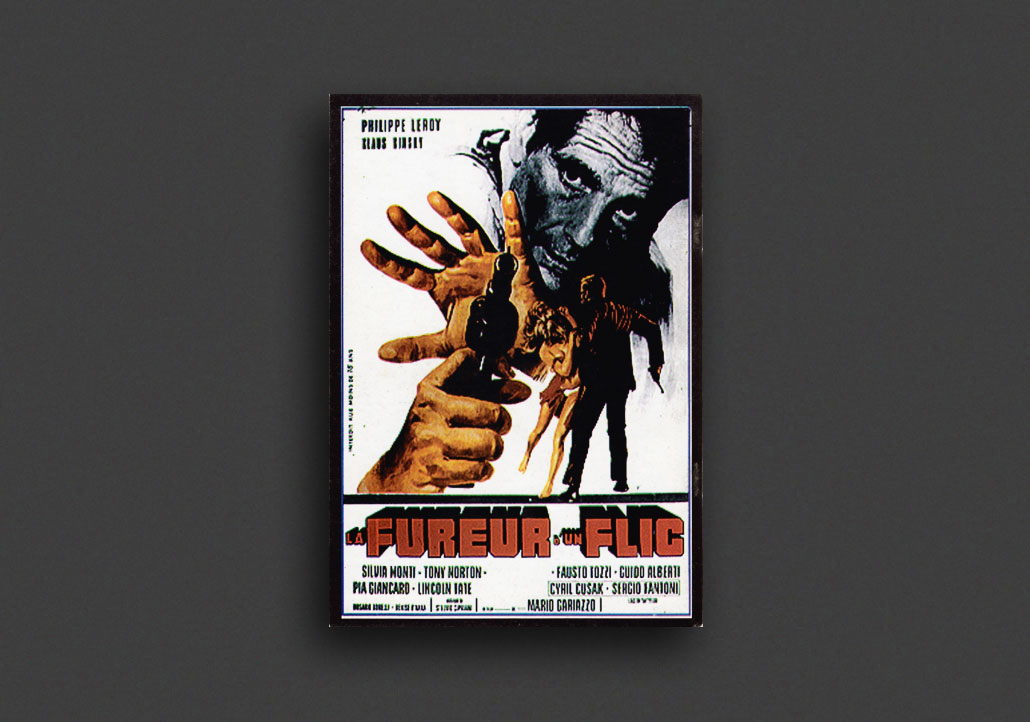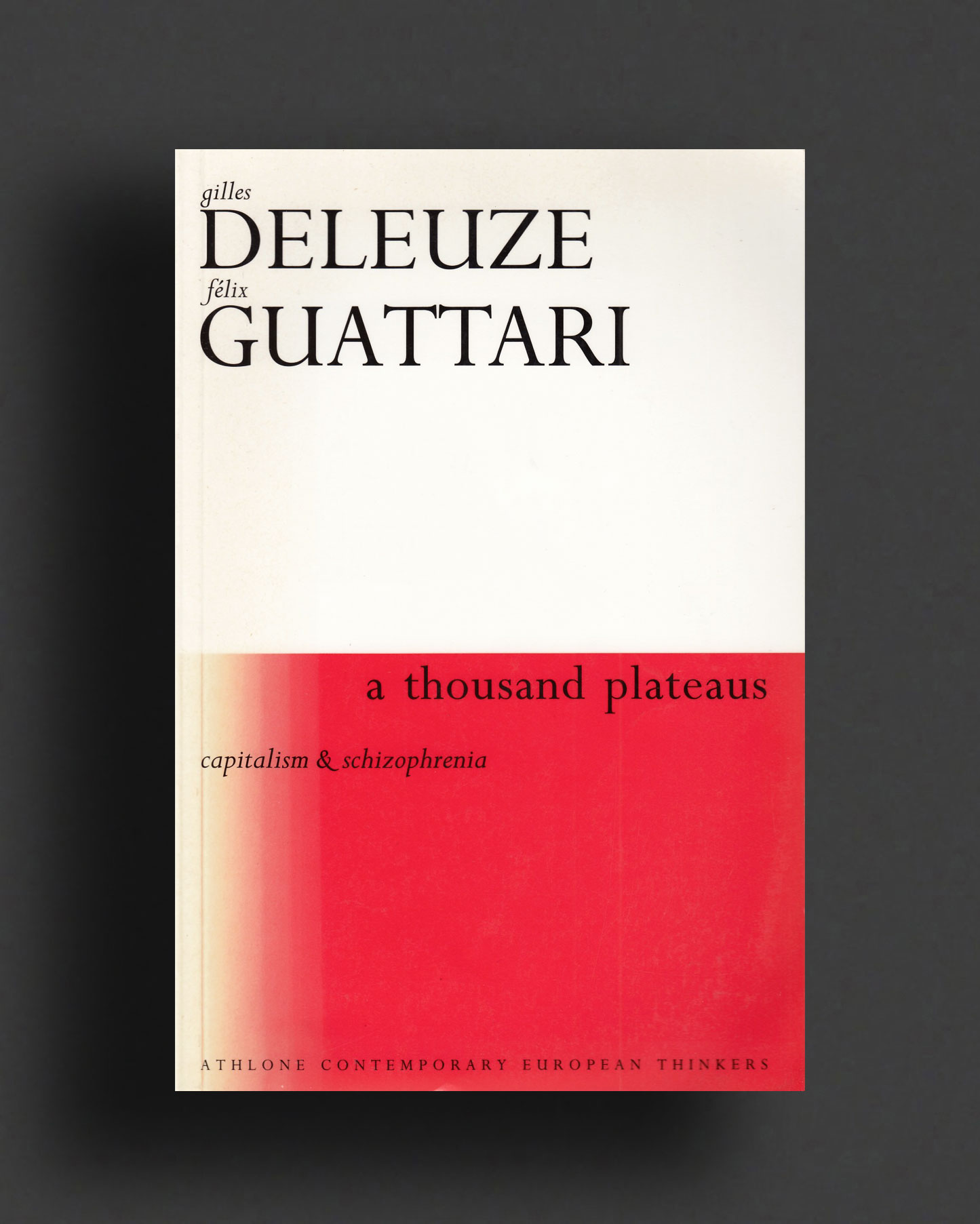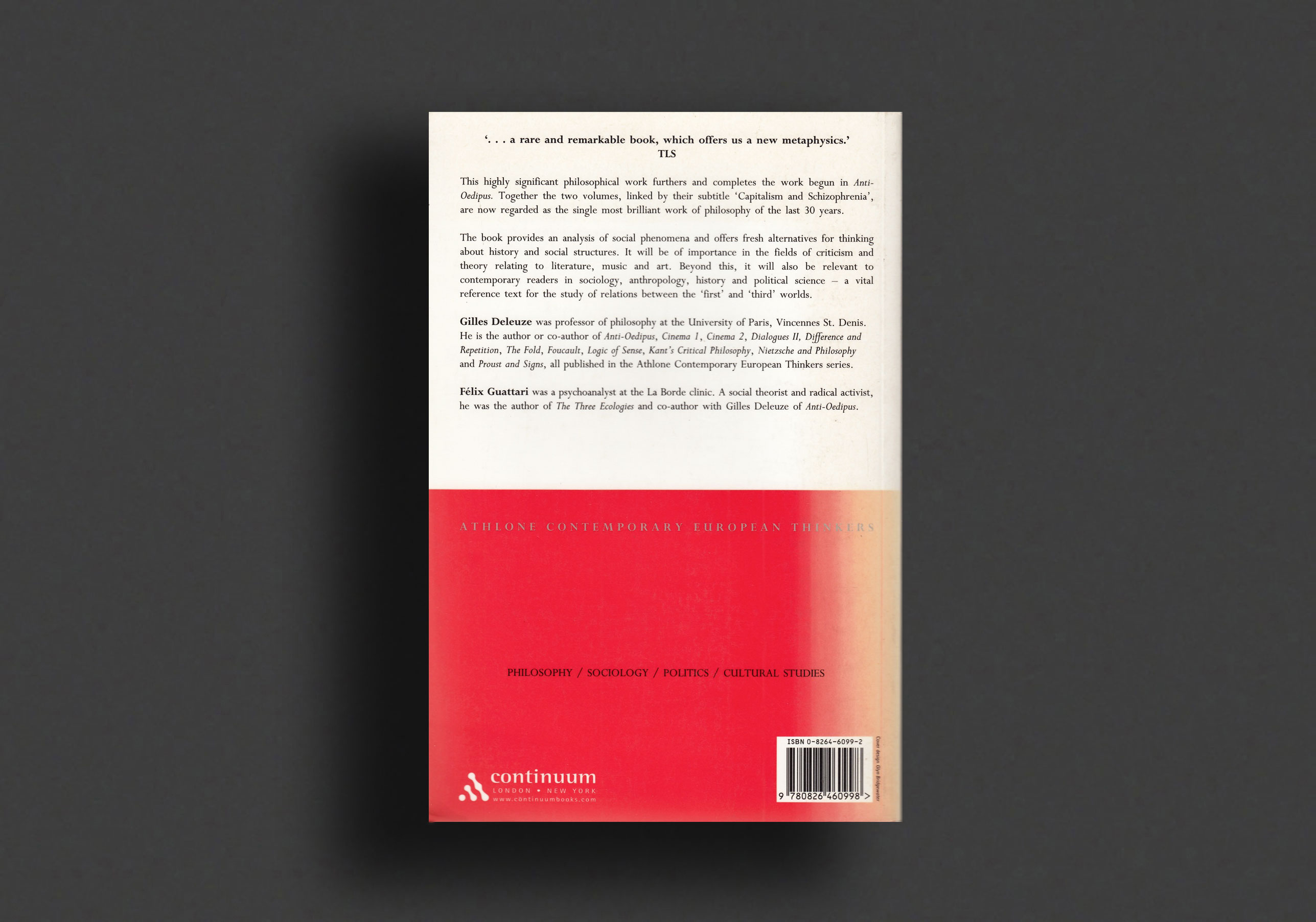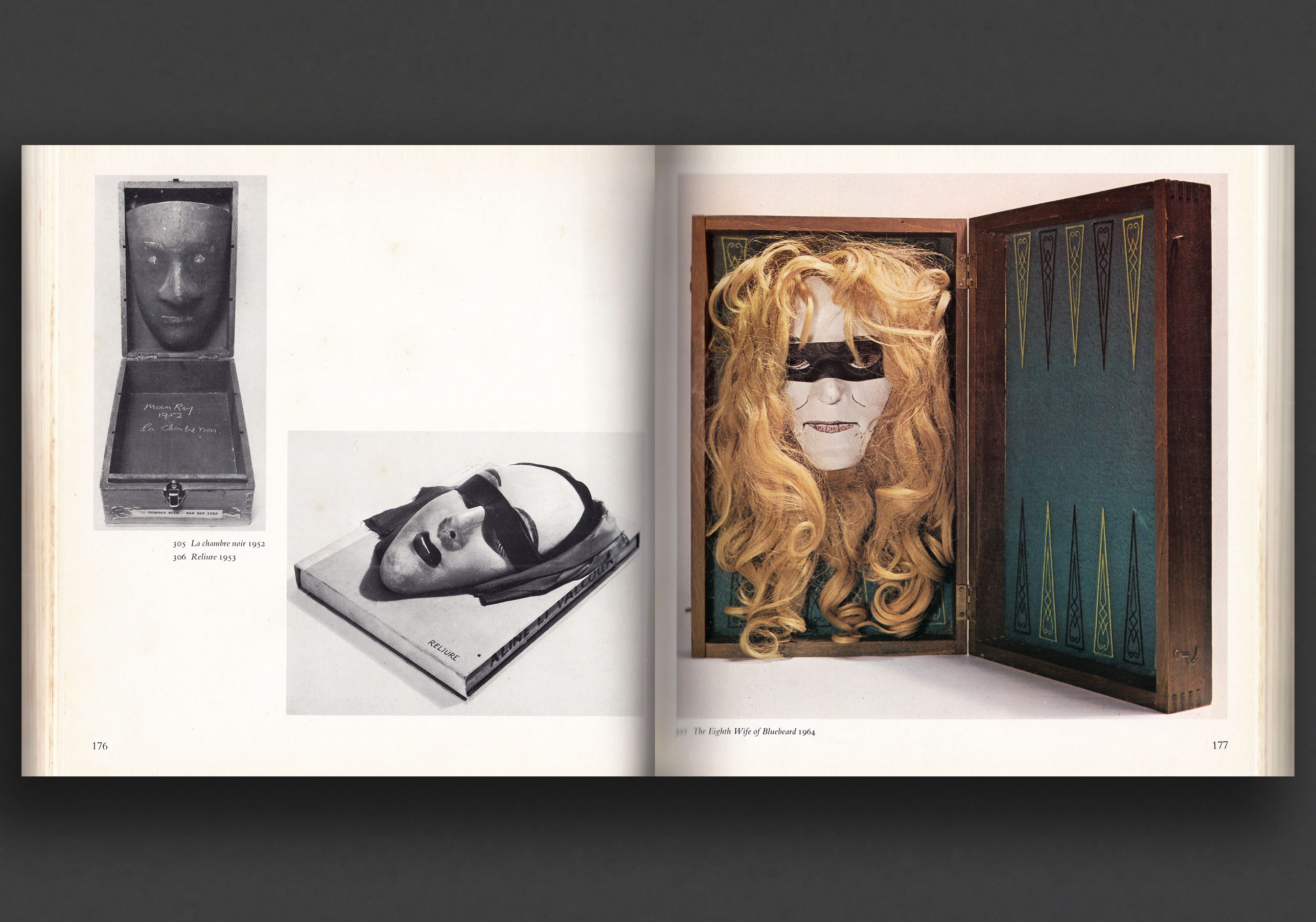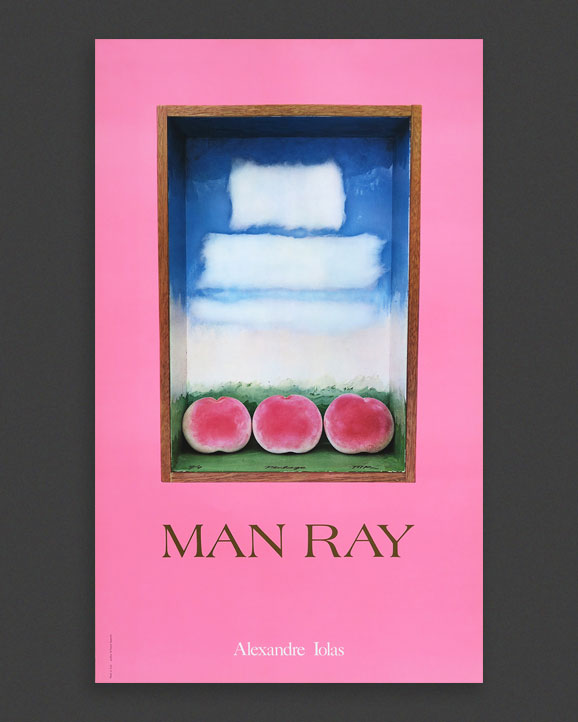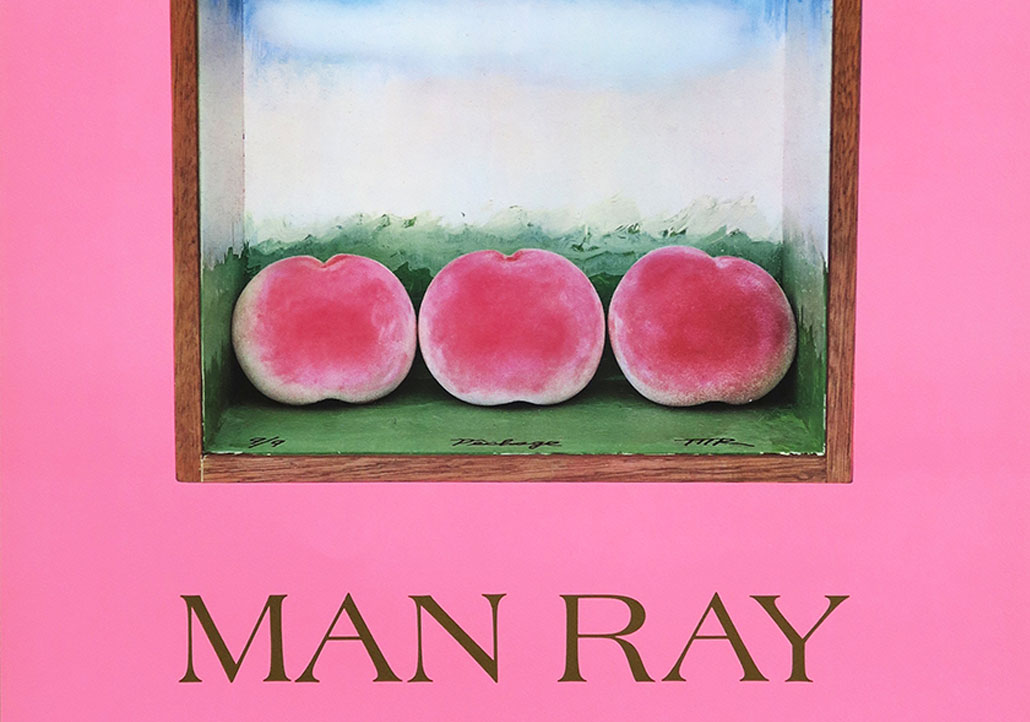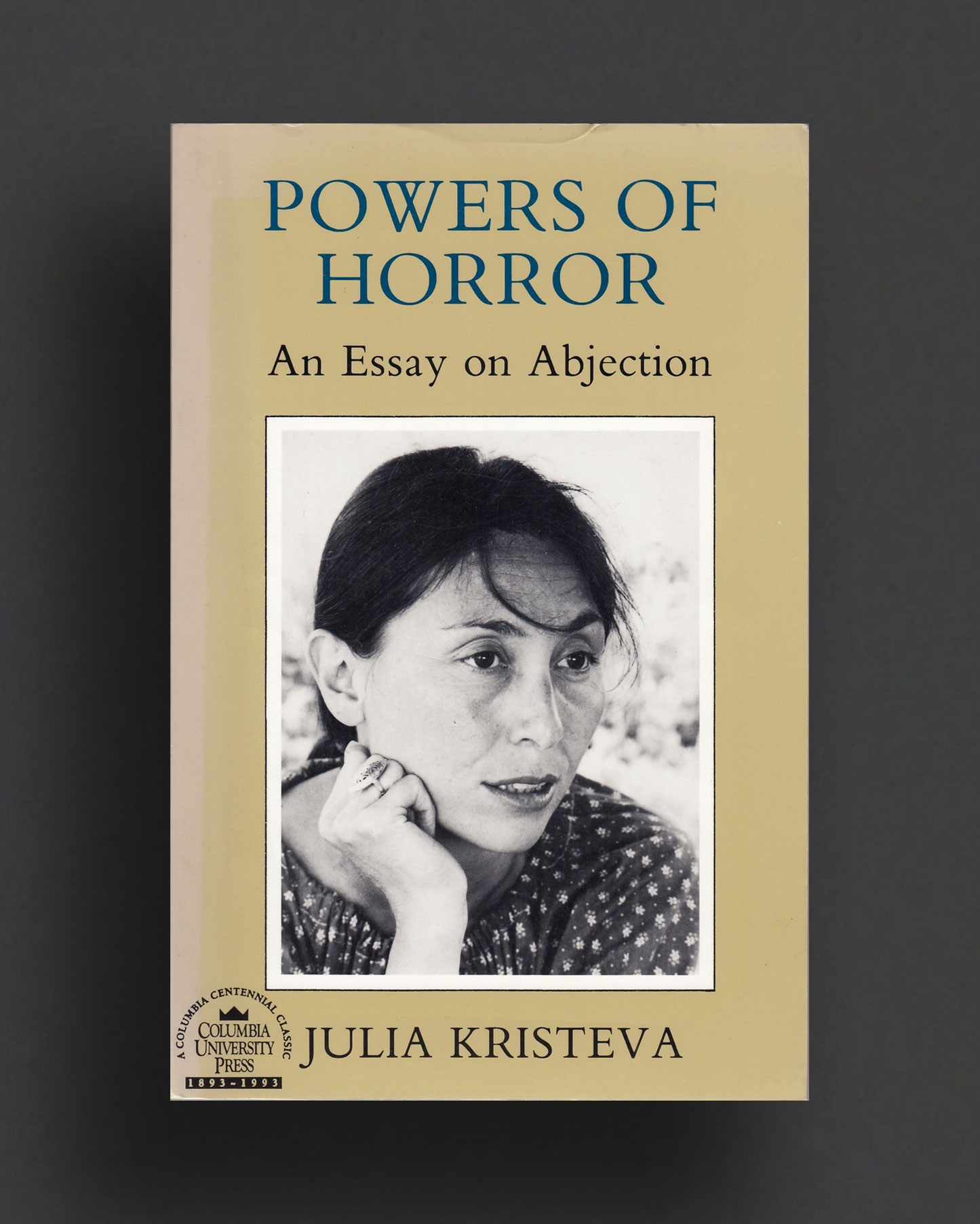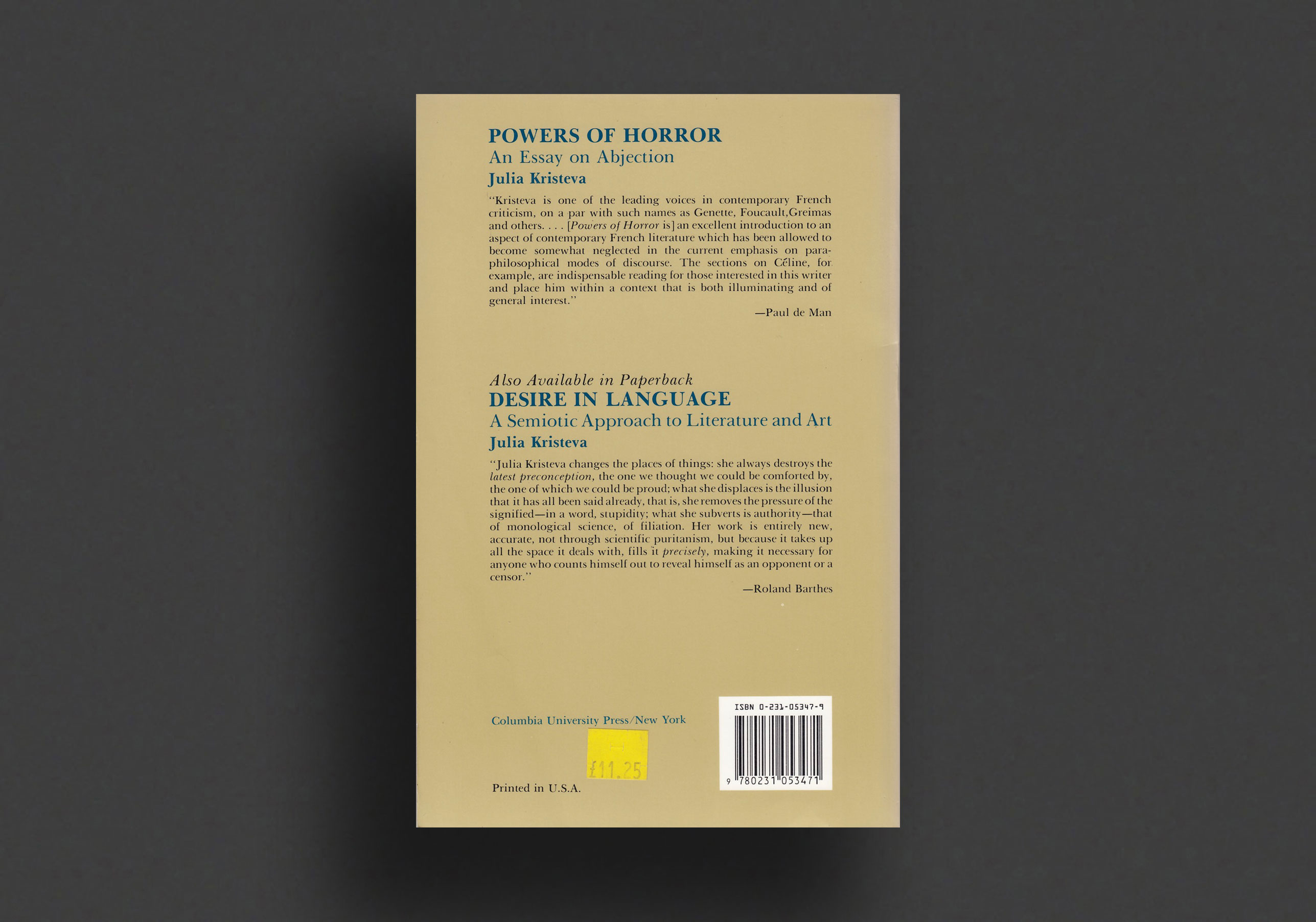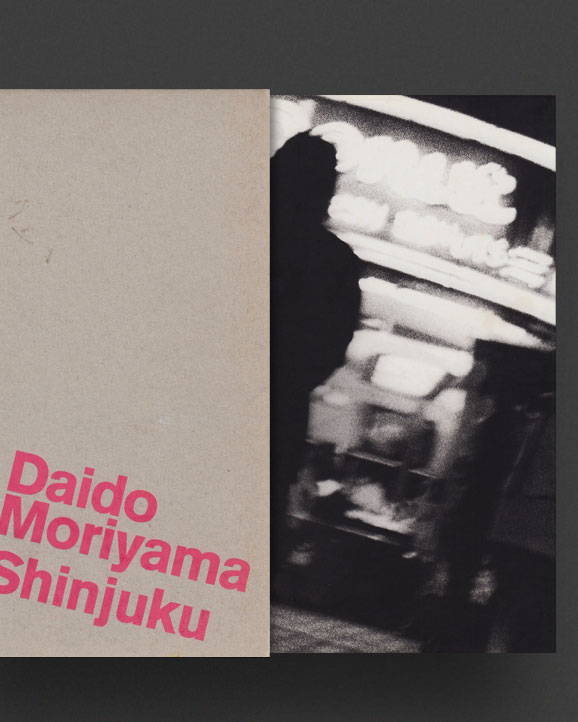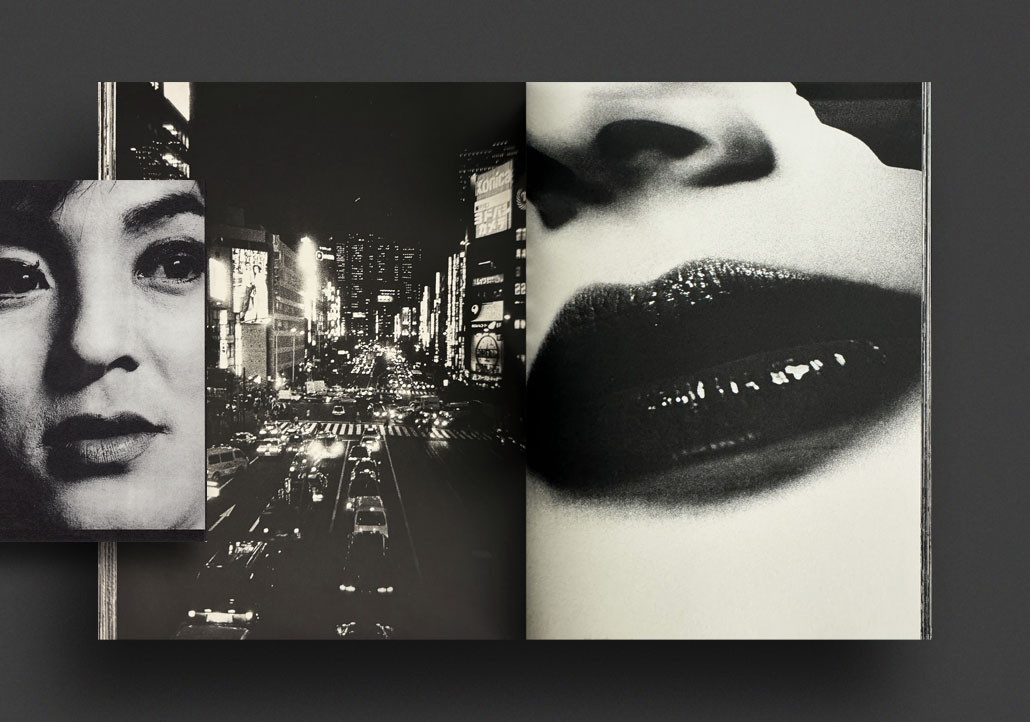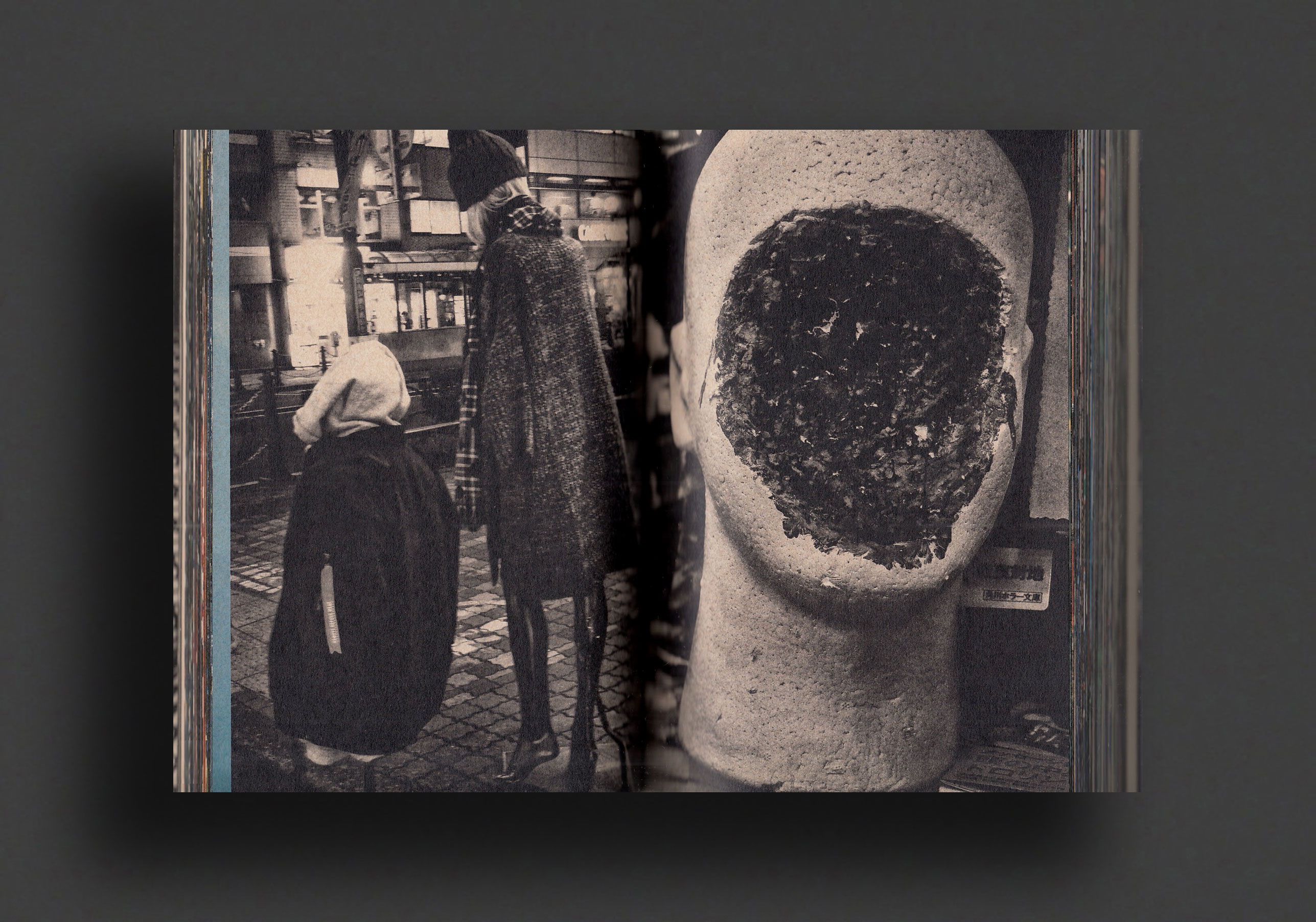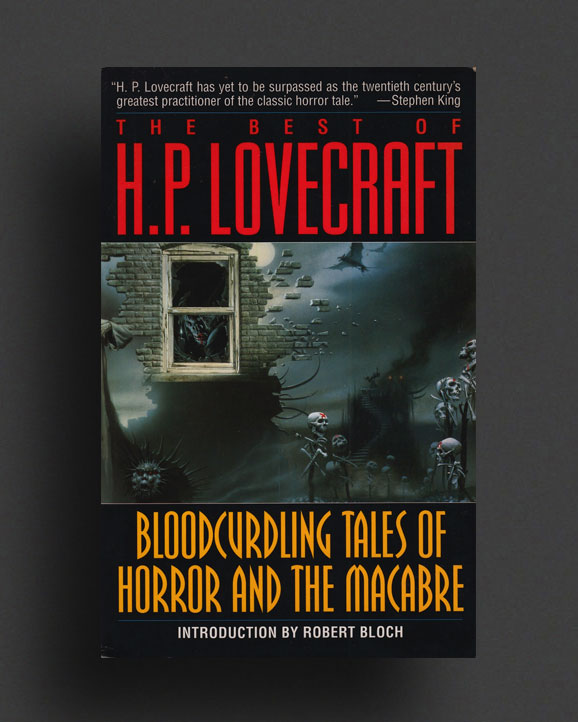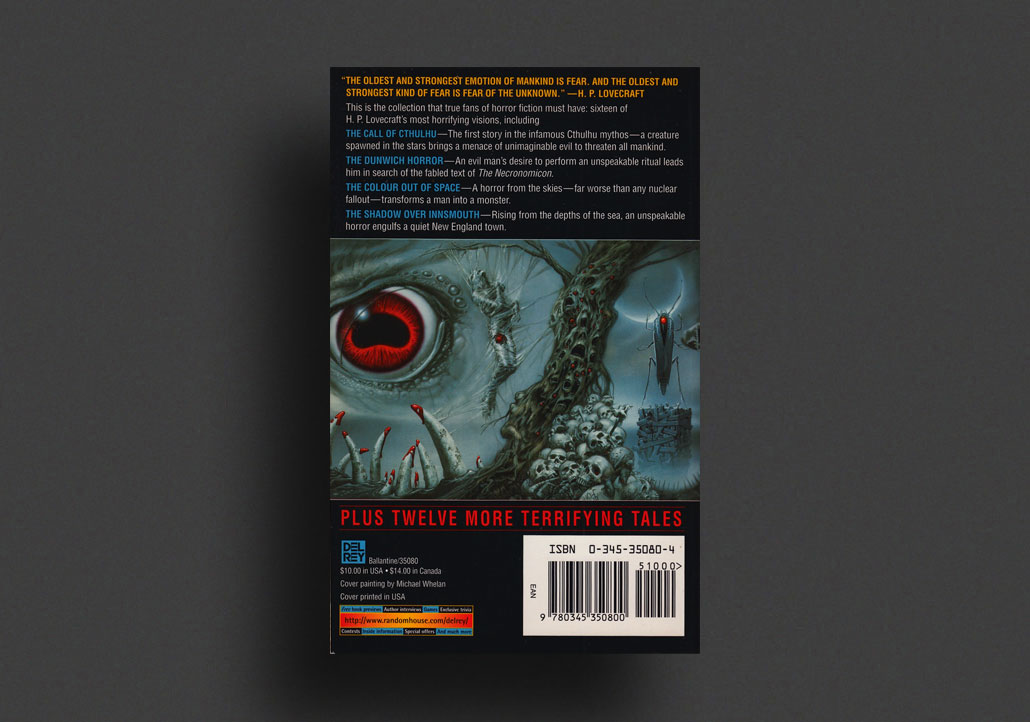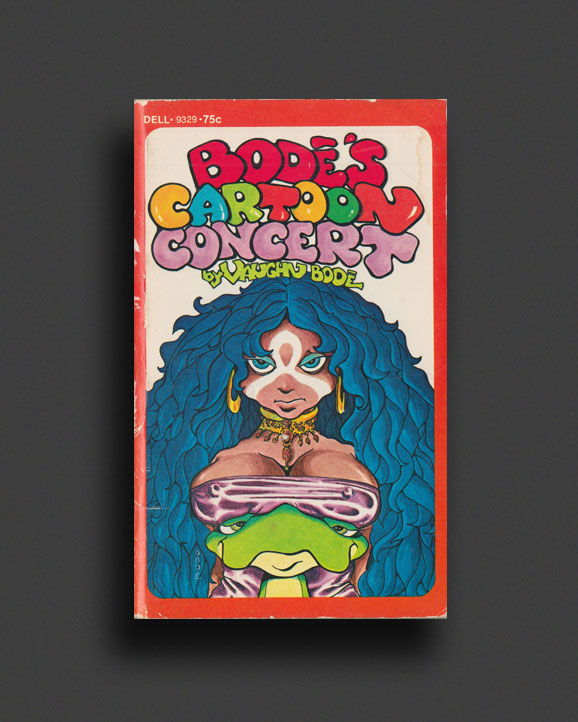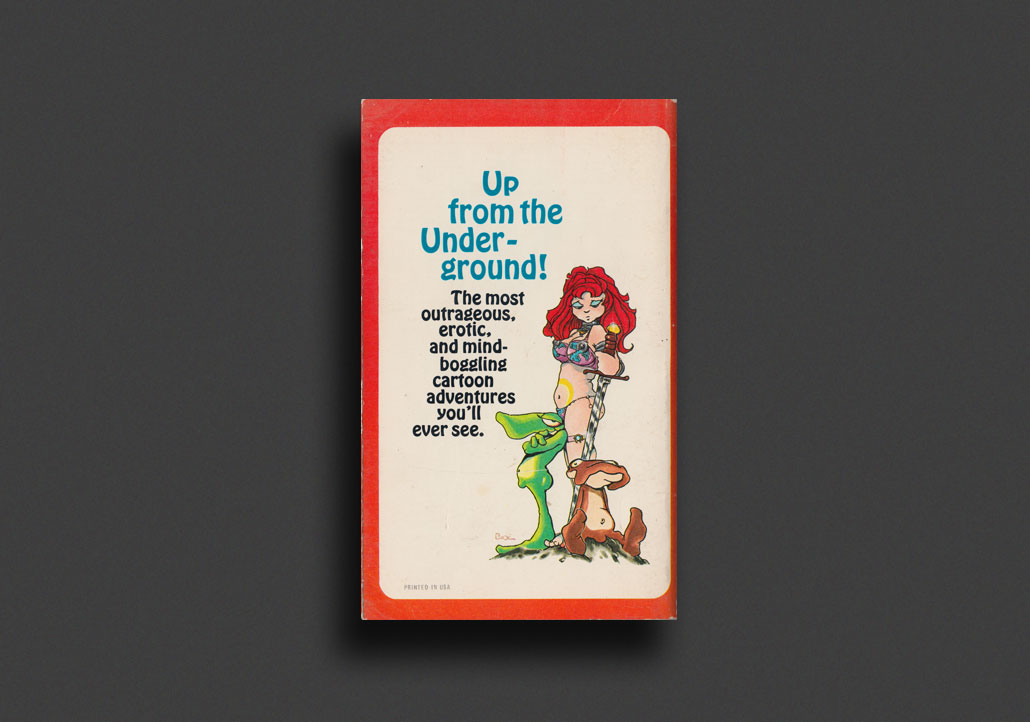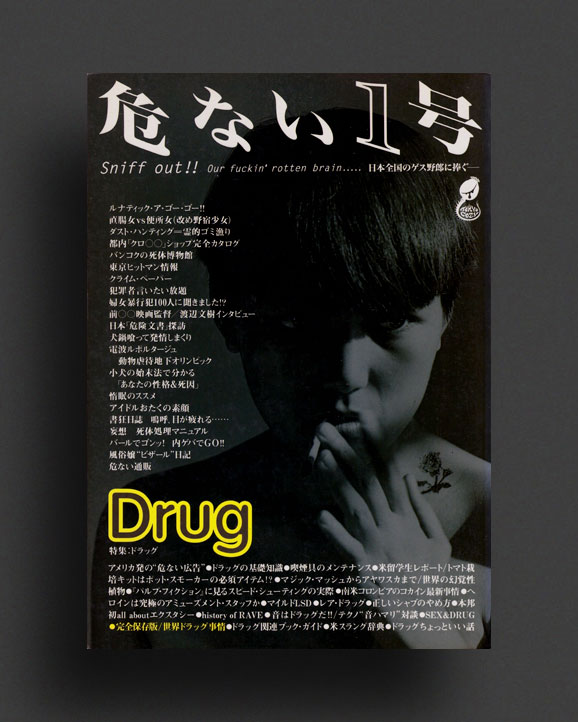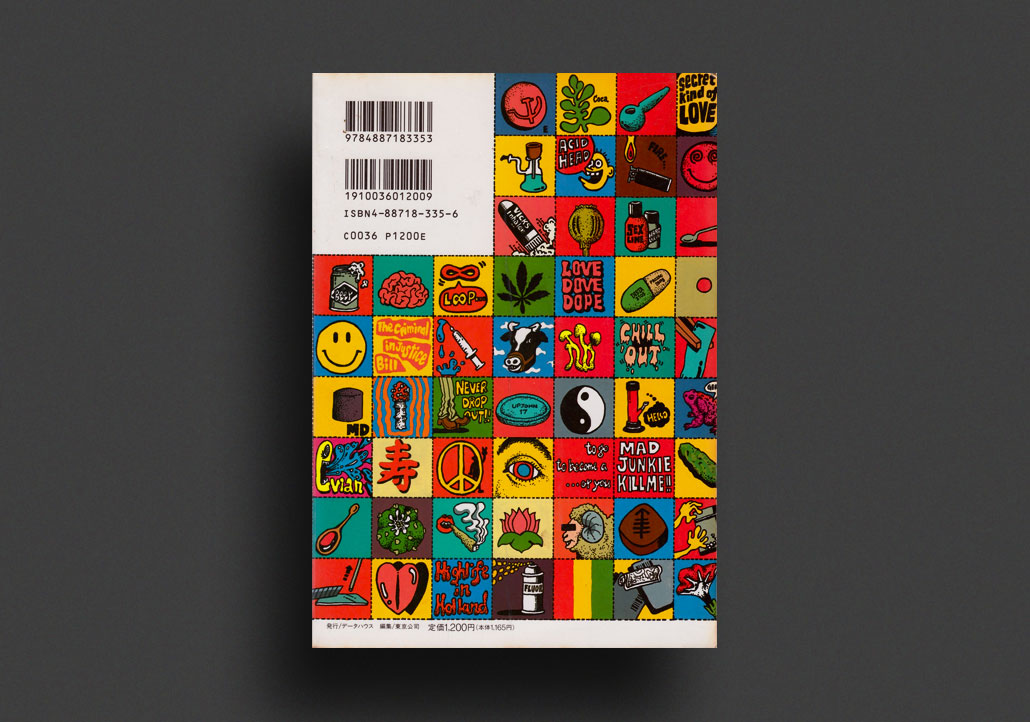(...less)
"Sniff out!! Our fuckin' rotten brain.... Dedicated to all the gay guys in Japan"
???
The very controversial, very vulgar and very popular inaugural 1995 issue of Tokyo's Danger (or Dangerous) magazine, edited by Masaaki Aoyama (1960-2001), a legendary cult writer, editor and pioneer in the genre of "Kichiku" (cruel) publishing who had a major influence on Japanese subculture in the 1980s and 1990s. In 1995, after a prolific career in underground publishing, Aoyama edited the first issue of the "brutal" subculture magazine "Dangerous No. 1," which quoted the words of cult guru Hassan I-Sabah: "There is no truth. Everything is permitted." Packed with an exhaustive range of deviant, perverted, and bad taste content, Dangerous No. 1, declaring "There are no taboos when it comes to fantasies!", became an immediate hit, selling over 250,000 copies and sparking a craze for "Kichiku" (cruel) and bad taste publishing in Japan in the late 19th century.
The peak of 1990's nihilism publishing from Tokyo's "apocalyptic" Data House to file alongside Too Negative and End of The Century, Dangerous, a "scientific" journal of lunatic subculture, launched onto newsstands with an in-depth international reportage on "Drugs". Editor Aoyama, who in 1992 wrote Japan's first practical drug manual, "Dangerous Medicine," a "bible for junkies", which sold over 100,000 copies, brings together articles on speed shooting, South American cartels, the world's rarest drugs, hallucinogenic plants from around the world from magic mushrooms to ayahuasca, how-tos/maintenance/cultivating knowledge, the history of ecstasy, sex on drugs, music on drugs, a drug slang dictionary, drug-related books and guides, world scene and dutch coffeeshop reports, xxx film director Fumiki Watanabe interview, an exploration of Japan's "dangerous documents", corpse museums, hitmen, sex criminals, "Your personality & cause of death", and genuinely horrible other tid-bits from the darker side of humanity.
Note: Aside from some photographs and violent and absurd cartoons, Dangerous is a "scientific" journal, filled with Japanese texts and info graphics.
"People often talk about humanity and humanism, but what makes humans decisively different from animals is that they betray, deceive, and destroy others. Humanity means being cruel."—Masaaki Aoyama
Masaaki Aoyama (1960-2001) was pioneer of the Japanese underground publishing scene. When he was in the third grade of elementary school, his father bought him a copy of Hiroshi Minamiyama's book "Supernatural Mysteries," which sparked his interest in the supernatural and the occult. Although he never studied, he displayed his prodigy qualities from an early age whilst simultaneously becoming addicted to masturbation. His intense quest for knowledge and perversion continued into his adult life. A self-proclaimed hedonist, Aoyama was hailed as a rare genius editor that had a profound, almost traumatic impact on people. Aoyama openly discussed and pursued a wide range of specialised topics, from drugs, lolicon, scat, and freaks to cult movies, progressive rock, punk, techno, the occult, heretical thought, and the spiritual world. He worked prolifically, editing and writing articles for mini-comics, books and magazines such as Hentai, Hey! Buddy, Billy, Witches' Sabbath, Philiac, Eccentric, amongst a seemingly endless list of fringe "pervert" publications that proliferated after the emergence of vending machine books in the 1970s. In 1992, Aoyama wrote Japan's first practical drug manual, "Dangerous Medicine," a "bible for junkies" which sold over 100,000 copies. In 1995, he edited the first issue of the "brutal" subculture magazine "Dangerous No. 1," which quoted the words of cult guru Hassan I-Sabah: "There is no truth. Everything is permitted." The magazine, which was packed with an exhaustive range of deviant, perverted, and bad taste content, became a huge hit, selling over 250,000 copies in total, sparking a craze for "Kichiku" (cruel) publishing in Japan in the late 19th century.
"No taboos in delusions"—Dangerous No. 1 introduction.
The trend of consuming things that are generally viewed as objects of loathing or pity from a mondo perspective was accelerated all over the world during the nihilist 1990's, but it was particularly popularised in Japan. From V-Zone video culture to comic books like Garo and the works of Kei (Takashi) Nemoto, Suehiro Maruo and Hideshi Hino, to subculture magazines that stimulated spectacle-based curiosity, crime and voyeurism, such as GON!, BUBKA, Sekimatsu Club, TOO NEGATIVE, End of the Century, Weekly Murder Casebook, Bessatsu Takarajima. Around the same time, Aoyama was diagnosed with multifocal posterior pigment epitheliopathy (MPPE), an extremely rare eye disease affecting around 50 people nationwide in Japan, which later became one of the factors that led him to become interested in spiritual matters. Aoyama, the mastermind behind this new genre of "Kichiku" (cruel), bad taste publishing, became disillusioned with the vulgar taste that was being mass-produced as a result of the boom. Aoyama felt the genre lost its substance as a counterculture or literary movement and had been absorbed into popular culture, the historical lineage of erotic underground publishing had become dissolved with the boom of extreme content on the internet. Without moralising, he had stared directly into the abyss. The dark truths he sought fed his own deviancy and addictions. Aoyama became depressed and reclusive. In 1997, Sakakibara Seito, an avid reader of Danger No. 1, committed the Kobe child murders. This led to bookstores removing all bad taste subculture books from their shelves. In 1999, "The Complete Works of Aoyama Masaaki” was published, marking the end of "Kichiku" publishing. Aoyama sought the light and pursued a new theory of happiness related to the spiritual world based on psychoneuroimmunology, molecular biology, and Buddhist resignation. In an interview with the magazine BURST, he declared, "the brutal genre is no longer fresh. From now on, I'll go for the soothing genre." He hanged himself at his home in Yokosuka, Kanagawa Prefecture on June 17, 2001, at the age of 40.
Very Good copy, light cover/edge wear. 1995 edition, 1996 printing.
File under:
Data House / Tokyo
Counterculture
Drugs / Psychedelia
Crime / Violence
Transgressive / Visceral / Abject
Periodicals
Out-of-print / Rare




















































































































































